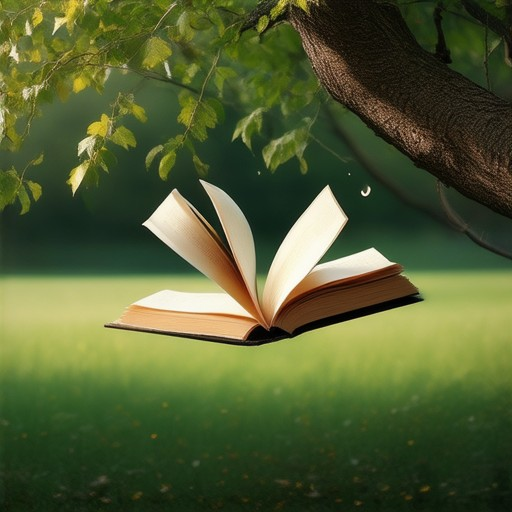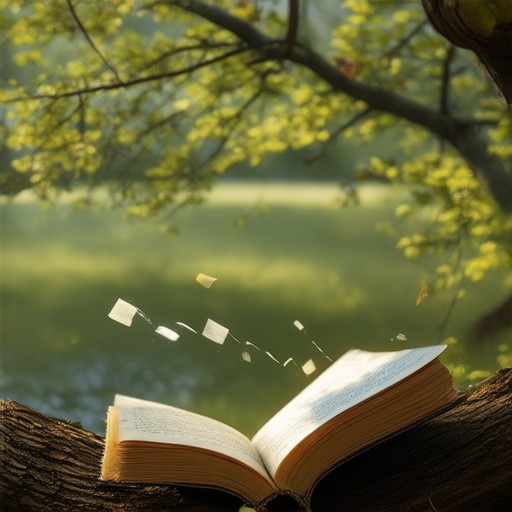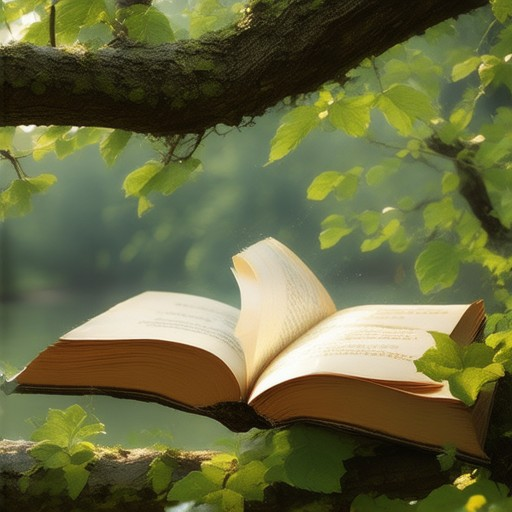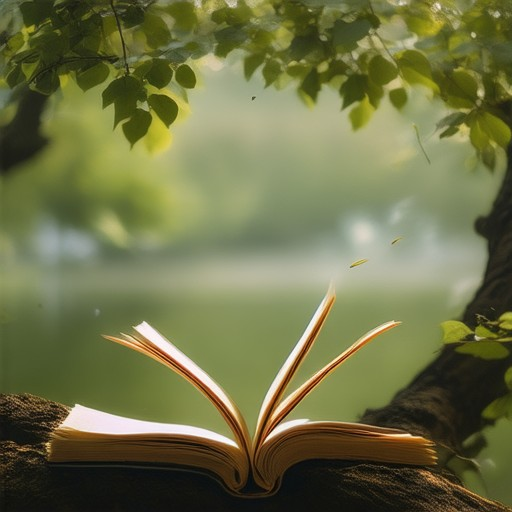Unlocking your creative potential doesn’t have to be overwhelming. Whether you’re a seasoned artist looking for fresh inspiration or a complete novice eager to dip your toes into the world of art, this guide is here to help you embrace the joy of creating. Art is a universal language that speaks to everyone, and with the right techniques and mindset, anyone can unlock their inner artist. From simple acrylic painting methods to fluid art and abstract techniques, this article will walk you through the easiest art methods for beginners, ensuring you find your creative flow and build confidence in your craft. Discover how to harness your creativity and transform ordinary moments into extraordinary works of art, no matter your experience level. Let’s dive into the fascinating world of art methods and uncover the secrets to becoming a confident creator.
Key Takeaways
- Explore a Wide Range of Art Methods: Dive into various creative techniques to find your unique style.
- Engage in Creative Exploration: Discover the joy of experimenting with different art forms.
- Discover Diverse Art Forms: From visual arts to performing arts, there’s something for everyone.
- Understand Key Art Styles: Learn about influential styles like Impressionism and Cubism.
- Apply Practical Tools and Techniques: Use tools like digital software to enhance your creations.
- Experiment to Push Creative Limits: Break boundaries and innovate with new ideas.
- Nurture Your Inner Artist: Unleash your imagination and express yourself authentically.
- Develop Artistic Skills: Sharpen your talents through practice and learning.
- Appreciate Art’s Impact: Experience how art transforms lives and cultures.
- Connect with Your Creative Side: Find inspiration in personal experiences and emotions.
- Unleash Your Creativity: Start your artistic journey today and see where it takes you!

What Type of Art is Best for Beginners?
Choosing the right art style for beginners can be overwhelming, but several options stand out for their accessibility and suitability for learning.
1. Cartoon or Comic Art
Procreate or Krita can help you create digital pieces, while traditional mediums like paper and pencils work too. Platforms like Substack offer tutorials and inspiration from experienced artists.
2. Minimalist Art
Winsor & Newton paints or digital software to experiment. Artists like Donald Unice often share tips on creating clean and effective minimalist works.
3. Abstract Art
Artic offer free resources and inspiration from renowned artists.
4. Doodle Art
Doodle Champion or Doodle Procreate can help you get started. Join communities on platforms like Instagram to see how others master this style.
Additional Recommendations
Remember, there’s no right path in art—what matters most is your passion and willingness to learn. Start small, enjoy the process, and let your creativity guide you!
The 5 Cs of Art
The concept of the “5 Cs of Art” is often used to describe the essential elements that define the art world and its practices. These Cs provide a framework for understanding the dynamics of art creation, appreciation, and cultural impact. Below is a detailed breakdown of each component:
- Collection : A collection refers to the gathering and ownership of art pieces. Personal collections allow individuals to curate their own unique showcases, while public collections, such as those in museums, preserve and display artwork for broader access. Digital platforms have made collecting art more accessible, enabling people to build virtual collections and explore diverse artistic movements.
- Community : The art community encompasses artists, collectors, dealers, critics, and institutions. Online forums, social media groups, and art fairs have created vibrant spaces for artists to connect, share ideas, and collaborate. These communities play a crucial role in fostering creativity and supporting emerging talent.
- Culture : Art is deeply intertwined with cultural identity. Different cultures have unique art forms, traditions, and values that shape the creative landscape. The influence of globalization has led to cross-cultural exchanges, blending styles and inspiring new artistic movements. Understanding cultural contexts is essential for appreciating art authentically.
- Collaboration : Artistic collaborations occur between individuals, organizations, and institutions. Partnerships between artists and galleries, for instance, facilitate the production and dissemination of art. Such collaborations not only benefit the artists but also enrich the cultural landscape by introducing diverse perspectives and innovative approaches.
- Creativity : At the core of art lies creativity—the ability to think innovatively and express ideas visually. Techniques, tools, and technologies evolve over time, pushing the boundaries of what is possible in art. Creativity is what transforms ordinary experiences into extraordinary works of art, making it the driving force behind artistic expression.
By focusing on these five Cs—collection, community, culture, collaboration, and creativity—we gain a holistic view of the art world. Each element contributes uniquely to the dynamic and ever-changing nature of art, offering endless possibilities for innovation and inspiration. Explore further by visiting our art forms and inspiration sections to delve deeper into these concepts and discover how they shape contemporary artistic practices.

The Easiest Art Technique
The simplest art technique involves focusing on basic shapes and patterns to create a calming and meditative experience. Start by drawing dots and lines, then build upon these elements to form repeating patterns. This method allows for endless creativity and is perfect for beginners.
Steps to Create:
- Begin with a blank canvas or paper.
- Use a pencil or marker to draw small dots and lines in a random pattern.
- Add more dots and lines around the initial ones to create movement and texture.
- Experiment with colors or shading to bring your creation to life.
This technique emphasizes simplicity and personal expression, making it accessible to everyone. By focusing on repetition and basic elements, you can explore your artistic side without the pressure of traditional methods.

The Seven Different Types of Art Explained
Art encompasses a vast array of creative expressions, each reflecting unique cultural, historical, and personal perspectives. Here’s a breakdown of the seven primary types of art, each offering distinct ways to explore creativity:
- Painting : One of the most widely recognized forms of art, painting involves creating images or scenes on surfaces like canvas, paper, or walls. Techniques include oil painting, watercolor, acrylic, and digital art. Masterpieces by Leonardo da Vinci, Vincent van Gogh, and Frida Kahlo highlight the versatility of this medium.
- Sculpture : Sculpting involves three-dimensional creation, often using materials like stone, metal, clay, or wood. Famous sculptures include those by Michelangelo, such as David, and Auguste Rodin’s “The Thinker.” Modern sculptors may use 3D printing for innovative designs.
- Literature : While traditionally seen as a form of art, literature encompasses written works like novels, poetry, essays, and dramas. Authors like William Shakespeare, Jane Austen, and Ernest Hemingway have left lasting legacies in this art form.
- Architecture : Architecture is the art and science of designing structures and spaces. It includes residential buildings, public monuments, and urban planning. Notable architects like Frank Lloyd Wright and Zaha Hadid have redefined modern architecture.
- Theater : Theater art involves dramatic performances, plays, musicals, and operas. It combines acting, singing, dancing, and storytelling to convey narratives and emotions. Plays by William Shakespeare and musicals like “The Lion King” remain timeless.
- Film : Cinema is often referred to as the ninth art form, combining storytelling, visuals, and sound. Directors like Steven Spielberg and Christopher Nolan have revolutionized the medium, creating iconic films that influence global culture.
- Music : Music is the art of composing, performing, and producing sounds. It spans classical compositions, rock, jazz, hip-hop, and electronic music. Musicians like Ludwig van Beethoven and Taylor Swift have shaped musical history.
Each of these art forms contributes uniquely to our cultural tapestry, offering diverse avenues for expression and appreciation. Whether through visual media, performing arts, or literary works, art continues to inspire and evolve.
Explore further with Artful Journey’s guide to discover more about each form and its techniques. From mastering painting skills to appreciating architectural masterpieces, there’s something for every artistic enthusiast.
The Four Main Art Styles Explained
Art encompasses a vast spectrum of creative expressions, but it often revolves around a few predominant styles. Here are the four main art styles that have significantly influenced artistic movements throughout history:
- Impressionism : Characterized by its loose brushwork and emphasis on light and color, Impressionism emerged in the late 19th century. Artists like Claude Monet and Pierre-Auguste Renoir focused on capturing the fleeting nature of light and atmosphere, often working en plein air.
- Realism : Known for its photorealistic approach, Realism seeks to depict subjects with high precision and detail. Painters such as John Constable and Thomas Gainsborough specialized in representing everyday scenes with lifelike accuracy.
- Abstract Expressionism : This style emphasizes emotion and spontaneity, often using bold colors and gestural brushwork. Artists like Jackson Pollock and Willem de Kooning explored the emotional impact of paint on canvas, moving away from traditional representation.
- Cubism : Cubism is defined by its geometric shapes and three-dimensional perspectives. Henri Matisse and Pablo Picasso were key figures, breaking down objects into simpler forms to create a unique visual language.
Each of these styles has had a profound impact on modern art, inspiring countless artists and movements. Understanding these foundational styles provides insight into the evolution of artistic expression and creativity.

What Are the 11 Forms of Art?
- Visual Arts: This category encompasses a wide range of artistic expressions including painting , sculpture , photography , and printmaking . These forms often rely on traditional mediums to convey emotion and creativity.
- Performing Arts: This includes dance , theater , and music . Performing arts involve live interaction and storytelling, making them deeply immersive experiences.
- Crafts: Crafts involve the creation of functional or decorative objects, such as ceramics , textile art , and jewelry . These forms often combine technical skill with artistic vision.
- Digital Arts: With the rise of technology, digital arts have emerged as a significant form. This includes digital painting , computer graphic design , and virtual reality installations . Digital art often pushes boundaries in creativity and innovation.
- Conceptual Art: Conceptual art focuses on ideas rather than traditional mediums. It often involves installation art , land art , and kinetic art . This form challenges conventional artistic norms and encourages thought-provoking interpretations.
- Photography: Photography is both a visual art and a medium for storytelling. It captures moments in time and can be manipulated to create various effects . From black-and-white to digital photography, it remains a cornerstone of artistic expression.
- Architecture: Architecture is the art and science of designing structures. It combines functionality with aesthetic appeal, creating spaces that are both practical and inspiring. Architectural design spans from residential buildings to iconic landmarks.
- Filmmaking: Filmmaking blends storytelling with visual and auditory elements. It involves scriptwriting , cinematography , and sound design . Movies, documentaries, and short films are all forms of cinematic art.
- Textile Arts: Textile art includes fabric painting , threaded textiles , and quilting . These forms transform ordinary fabrics into extraordinary works of art.
- Applied Arts: Applied arts refer to artistic skills applied to a specific purpose, such as graphic design , fine arts , and industrial design . These arts have practical applications while still retaining their artistic integrity.
Exploring these diverse forms of art offers a rich and transformative experience. Whether you prefer traditional mediums or cutting-edge technologies, there’s an art form for everyone. Visit our art forms gallery to dive deeper into each category and discover your creative potential.




0 Comments